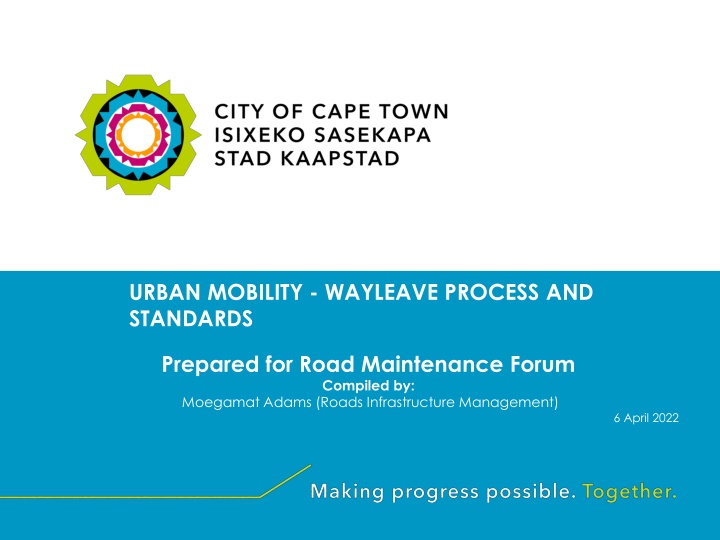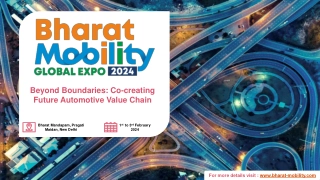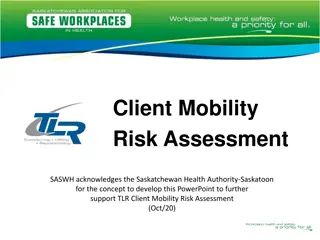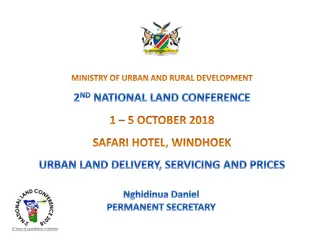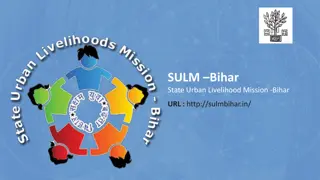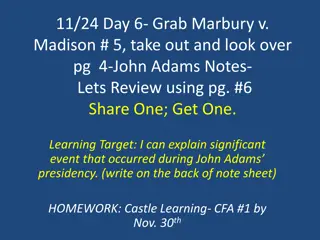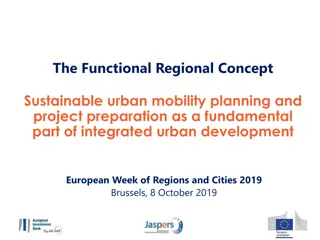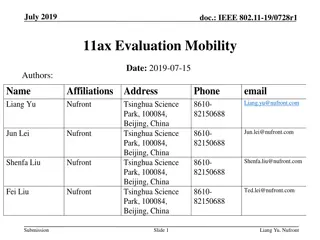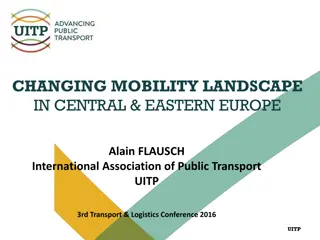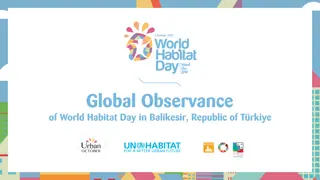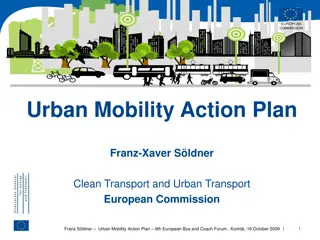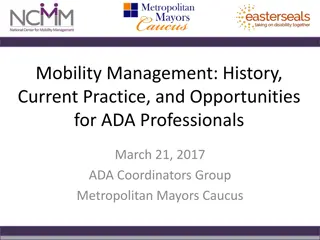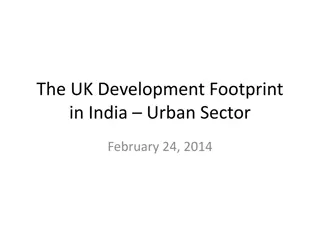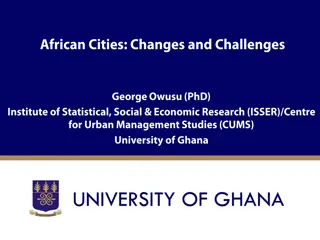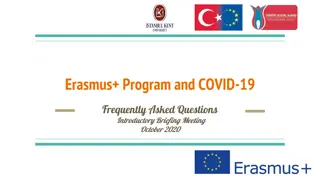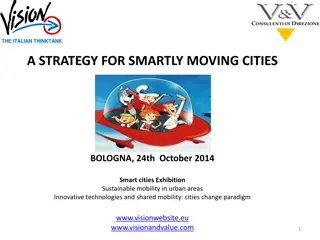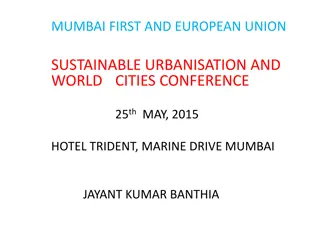Urban Mobility Wayleave Process and Standards Compiled by Moegamat Adams
Legislation and challenges related to urban mobility infrastructure construction, along with solutions and a detailed flow diagram for the wayleave application and approval process.
Download Presentation

Please find below an Image/Link to download the presentation.
The content on the website is provided AS IS for your information and personal use only. It may not be sold, licensed, or shared on other websites without obtaining consent from the author.If you encounter any issues during the download, it is possible that the publisher has removed the file from their server.
You are allowed to download the files provided on this website for personal or commercial use, subject to the condition that they are used lawfully. All files are the property of their respective owners.
The content on the website is provided AS IS for your information and personal use only. It may not be sold, licensed, or shared on other websites without obtaining consent from the author.
E N D
Presentation Transcript
URBAN MOBILITY - WAYLEAVE PROCESS AND STANDARDS Prepared for Road Maintenance Forum Compiled by: Moegamat Adams (Roads Infrastructure Management) 6 April 2022
Legislation BY-LAW RELATING TO STREETS, PUBLIC PLACES AND THE PREVENTION OF NOISE NUISANCES Section 11(1) EXCAVATIONS IN STREETS No person shall make or cause to be made an excavation or dig or cause to be dug a pit, trench or hole in a public road except with the written permission of the City Electronic Communications Act, 2005 Section22 : Entry upon and construction of lines across land and waterways 2
Challenges Poor workmanship Poor construction and compaction methods Improper use of materials Disregard to other existing services Poorly Controlled Development Large parts of road and footways rendered unusable during construction Insufficient time to issue approvals more than 400 license holders 3
Solution Clear guideline to the standards that all applicants must comply with: WAYLEAVE PROCESS AND STANDARDS FOR THE INSTALLATION OF SERVICES IN ROAD RESERVES Oct 2018 Process Flow - The process to be followed for the application Provision of Technical Specifications - The minimum construction standards for the installation of telecommunication and services Need to allocate a dedicated space Monitored departmentally 4
Flow Diagram 2 - WAYLEAVE APPLICATION & APPROVAL After resubmission, process can forward directly to Technical Assessment Applicant submit Wayleave Application to relevant Directorate Refer to Appendix A Service Department assess application in terms of compliance with Submission Requirements Service Department to revert back to applicant (via e-mail) on outstanding items / issues pertaining to correctness of submission N O Application compliant? YE S Wayleave application approved Refer to Template 6 and Permit-to-Work prepared Refer to Template 7 Technical approval granted? Technical Assessment commences N O YE S Calculate full cost: Admin Fee, Refundable Deposits and Non- Refundable Payments and advise Applicant accordingly Refer to Templates 2-5 Applicant to pay fees as per invoicing
ECSA Registered Engineer The Network Licensee / Service Owner shall appoint an ECSA registered Civil Engineer to oversee the installation of the network The appointed Engineer must have sufficient competency in Road Building and Materials. 6
CIDB Registered Contractors All installations and reinstatements done for or on behalf of a Network Licensee and/or Service Owner shall be undertaken by a CIDB registered contractor with a minimum 3CE designation and with a grading appropriate to the value of the contract. The appointed Engineer must have sufficient competency in Road Building and Materials to advise regarding the requirements for the trench backfill, layer works and surfacing. 7
Trenching vs Directional Drilling No open trenching or micro trenching will be allowed in the roadway without the written permission of the City All road crossings shall be done by directional drilling. Thrust boring will not be allowed. Where conditions do not allow and only with the written permission of the Directorate: TDA will open trenches be allowed. 8
One Trench or Co-building Methodology All Network Licensees and/or Service Owners make use of the same space allocation (One Trench) for telecommunication services in the road reserve. The maximum permissible space allocation per route for all networks will be 1.0m wide 9
